Roger Skime didn’t become one of the most legendary inventors, innovators and competitors in the snowmobile market by chance — he did it through hard work, determination, unending drive and unrivaled passion for the sport of snowmobiling. His entry to the sport that became the center of his life – and a sport which he helped develop – did occur by chance, however. The story about Roger Skime’s incredible run in the snowmobile industry first appeared in the November 2016 issue of Snow Goer magazine. It is unaltered from the magazine – so add five years to his time in the sport and his age. Skime was officially retired out of Arctic Cat by Textron officials at the end of 2018. Here’s the story from 2016 Snow Goer.
Living Legend Roger Skime: Innovator, Inventor And Hard-Driven Competitor
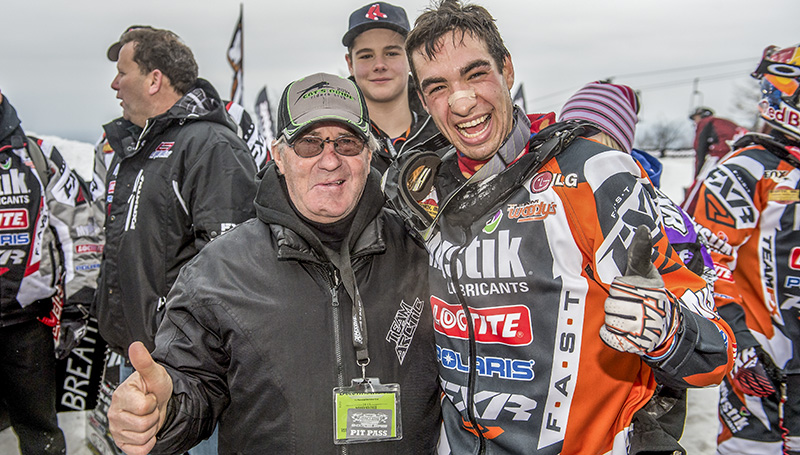
A full 54 years ago, a skinny farm boy wandered into a small manufacturing company in Thief River Falls, Minnesota, impressed the business owner with his pluck and altered the course of his own life – and snowmobiling – forever. Within five years that kid would play an instrumental role in developing the first suspended slide rail rear end as well as the shape and function of all snowmobiles that followed. And, over the past five-plus decades, he has continued to be one of the sport’s most hard-working and dedicated innovators.
That 19-year-old kid was Roger Skime, and the man he impressed on a summer day in 1962 was Arctic Cat (and Polaris) founder Edgar Hetteen. Skime had never previously ridden a snowmobile and didn’t know much about them before joining Arctic Cat, then called Polar Manufacturing. Instead, he was just a broke college student desperately seeking a job so he could afford to continue his studies.
Skime never did go back to school. Instead, he found his niche as an engineer and designer who learned his trade in the real world at Arctic Cat. The rest is a very impressive history: Any Arctic Cat snowmobile built since the rnid-1960s has Skime’s fingerprints on its design. And it’s doubtful there’s anybody who has put more time into riding, testing and developing snowmobiles. And watching them race.
Skime is semi-retired from Arctic Cat now – the “semi” part means he takes summers off from the factory to oversee a 4,500-acre farming operation that includes more than 1,000 beef cattle. That’s where we found 73-year-old Skime in August. He took a break from his long list of self-imposed chores to reflect on his incredible personal journey in snowmobiling.
“Edgar did not give me a job that day, he gave me a life,” Skime said. “It’s been something you get up to every morning and you want to go in [to work] and you have something you’re going to do where you’re going to make a difference every day.”
In The Beginning
We arrived at Skime’s massive farming operation just before 8 a.m. and found Roger working, as usual – pressure washing his Arctic Cat HDX UTV for another day of chores. His massive, immaculately maintained Skime Ranch is just outside of Skime, Minnesota, a one-building town named after his great uncle and located on the southern edge of Roseau County, about 35 miles from the Canadian border.
Skime greeted us with his patented crooked smile plus a loud hello and firm handshake. Aside from being one of the sport’s most revered figures among insiders from Arctic Cat and beyond, he’s also one of the most friendly. He’s talkative, engaging and forever curious to learn about people he meets.
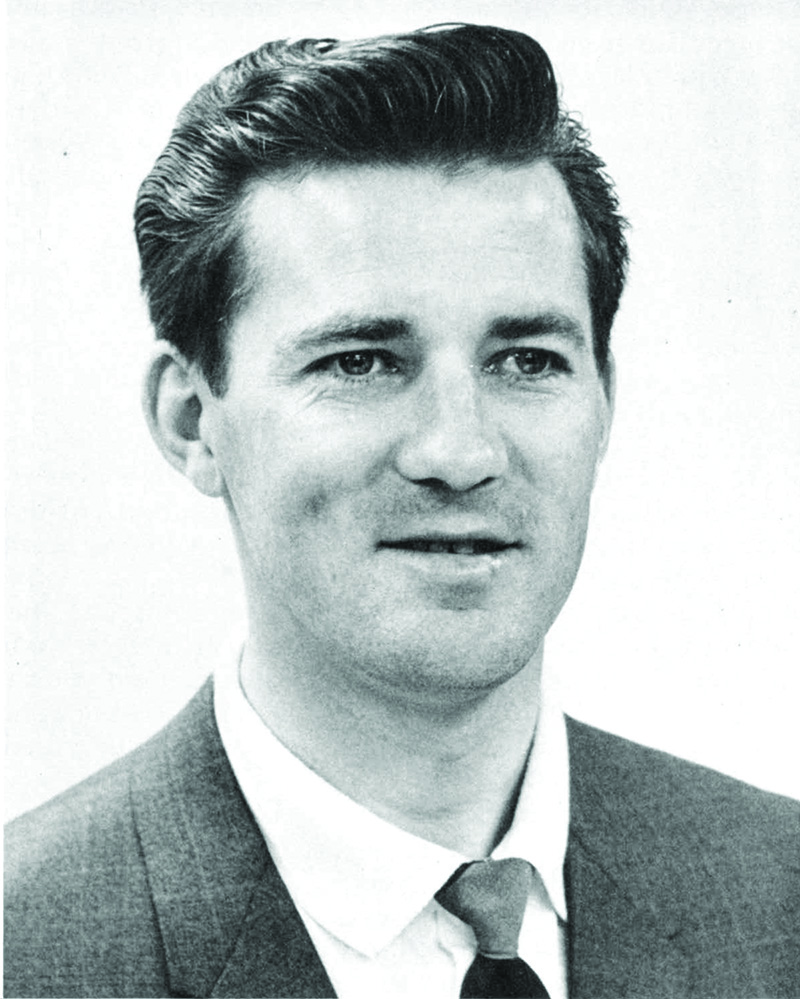
Between all of his years of work as a V.P. at Arctic Cat and the success of his large ranch, Skime is a wealthy man. Yet, for the past couple of summers, he and his eminently patient wife, Bernice, have lived in a mini-apartment created in the corner of a big pole-building on the farm while their nearby house is being meticulously redesigned and rebuilt utilizing rare woods. It was there, after he kicked off his rubber work boots, that Skime shared stories and opinions over a bowl of cereal topped with blueberries.
Skime said he went to what was then Polar Manufacturing in 1962 because he’d heard of Edgar Hetteen’s previous work starting a manufacturing company (Hetteen Hoist & Derrick, which turned into Polaris) in nearby Roseau. Skime’s visit to the then four-employee company would be his first and only stop looking for a job, which he now looks back upon as fate. He found Hetteen on the floor arduously hammering together a shipping crate and stood above him. According to legend, Hetteen was bothered by the silent 19-year-old watching him and just stuck to his work until he was pulled away for a phone call.
“He didn’t come back and didn’t come back, and finally I just grabbed his hammer and nailed the crate together myself,” Skime recalls. When he returned from his call, Hetteen was impressed at how Skime had finished his job for him.
“He said, ‘What is it that you wanted, now?’ And I said, ‘I was kind of looking for some work, temporary work, so I can make some money to go to school.’ And he said, ‘When can you start?’ So that was the beginning, and I haven’t left there in 54 years.”
Skime’s first assignment was putting tracks in the utility-oriented snowmobiles the company built at the time, but once Hetteen saw Skime’s work ethic and learned of his limited engineering training, Hetteen expanded Skime’s role to include working on the parts book, “and that turned into helping him with designing his snowmobiles,” said Skime, who still praises Hetteen’s encouraging management style.
“When he would give me something to do – a part to make or a piece to fabricate or machine – he would draw it on the floor out of chalk, and he’d say, ‘This is what I’m thinking.’ Then I would kind of imagine what it would look like,” Skime said. “Sometimes when I got it made, it wasn’t what he wanted, but he never said, ‘You dumb little kid – why did you do that?’ Instead, he kind of smiled at me, and said, ‘Well, what do you think of this idea, Roger?’ and then I’d have to do it all over again. Of course there were times when it was what he wanted, and I’d get a pat on the back. That type of leadership model made me want to work – I would have worked for that guy for nothing because that’s the inspiration that he provided. I have tried to use that model throughout my career in engineering at Arctic Cat.”
Though he had no previous snowmobiling experience, Skime was quickly bitten hard by the sledding bug. In fact, he participated in the very first Eagle River World Championship in 1964, where he won the Under 9 Horsepower class on a Model 100 Deluxe after making its four-stroke Kohler engine work better by using stiffer valve springs.
“Ski-Doo didn’t like that, in fact they protested that little sled of mine that day,” Skime said with a laugh. “They said, ‘He must be running alcohol in the fuel or something’” and ordered a post-race fuel test, which the sled passed. “That was my start of the love of racing.”
Racing Into The Future
The ultra-competitive Skime is still a regular at the race track – talking to young racers, race mechanics and fans, and always scribbling down thoughts in a little notebook.
“Racing on the race track and being competitive, you get graded every time you go out there,” said Skime. “I kind of look at creating and developing snowmobiles in the same breath. You know, when you create a new idea or design of a snowmobile, that’s what you get graded on. If you want to win, you’d better have the best piece.”
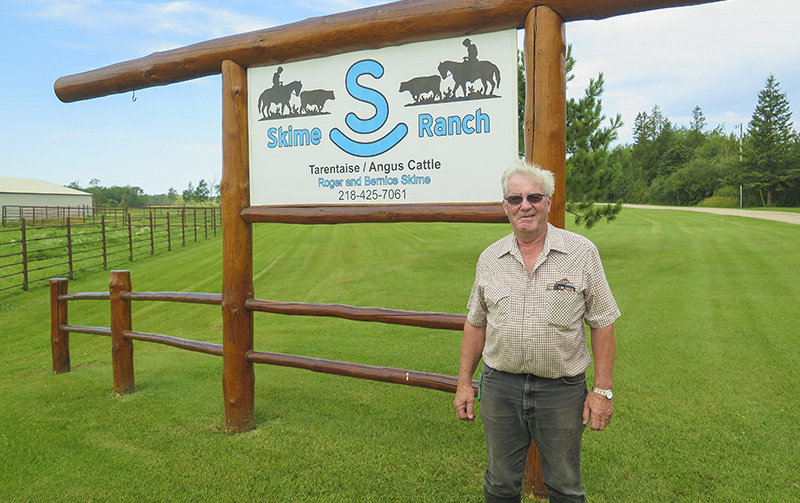
His proof that racing can lead to better snowmobiles dates back to the product with which he is most tied by snowmobile historians: the revolutionary 1966-67 Panther. Its riveted aluminum chassis, flip-top hood and engine mounting position all introduced trends that changed the sport. But most notable is that it was the first snowmobile with a truly suspended slide rail rear end. And, the concept came to Skime while he was trying to race.
“The vehicles got faster and their speed was beyond the capability” of existing designs, Skime said. “I remember going to Roseau one time and racing with a 141 Deluxe that had just rails and no spring bias to it. The speed was fast enough that you couldn’t hang onto the sled. I think I fell off 13 times before I got to the river. That’s when we went back to Thief River Falls and I started working on the Panther.”
Skime points out that he didn’t invent slide-rails – that was a design Hetteen preferred. “What I did with the slide rail is I went and applied a spring bias and a damping system to it so that you could get some ride [quality] out of it.”
The design completely revolutionized snowmobiling and immediately made bogie wheel designs obsolete, and Skime’s basic slide rail suspension design is utilized on every modern snowmobile. But Skime hardly sat on his laurels. In fact, the first consumer-available, trailing-arm style IFS front suspension with coil-over shocks was the 1979 Arctic Cat Trail Cat in which he was highly involved. And the first dual A-arm IFS design? It was the Arctic Front Suspension (AFS) thought up by Skime and his engineering team at Arctic Cat shortly before the old Arctic Enterprises went out of business in 1981, and then further developed during the down time.
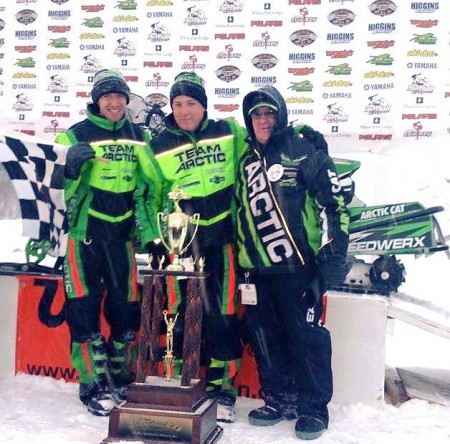
“The AFS that came with a top arm and a bottom arm and a cantilevered shock, that was a system that Dennis Zulawski and I worked on in my garage in Thief River Falls when [Cat] went out of business,” Skime said. The plan, Skime said, was to offer the AFS design as an aftermarket, bolt-on kit to improve the ride and handling of El Tigrés with leaf springs. “That was what motivated and drove us to keep working on it, because we were unemployed.”
Skime looks back on the 1981 bankruptcy of Arctic Cat as being among the lowest days of his life. While Arctic Cat was in mothballs, rival company Polaris hatched a plan to build Cat snowmobiles at its factory, and briefly hired Skime. Then that plan fell apart and Polaris offered to keep Skime on to help further develop its own snowmobiles. But Skime’s loyalty to Arctic Cat wouldn’t allow him to stay. He left Polaris after eight months.
“Call it whatever you want to call it, it was just like I was betraying what I had worked on at Arctic Cat over the years,” Skime said. So he returned to Thief River Falls and got involved with a small group later nicknamed the Condo Club (because they always met at the condo of Bill Ness, who would be the company president upon its return) that successfully resurrected Arctic Cat in the summer of 1983.
“After we went out of business in 1981 it was kind of like somebody had pulled the heart out of me,” Skime said. But the loyalty shown by consumers and dealers when Cat returned stuck with him, he said. “That gratitude and that feeling, I’ll never forget because that told me something about who our customer was.”
Moving Forward
If ever there was a busier retired guy, we have never met him. Skime, at 73, is a bundle of energy. He rises with the sun to get to work on the massive ranch. Yet, the day before our arrival he was out chopping hay until 1:30 a.m. As we rode along with him in his UTV while he brought supplies for the cattle, Skime never waited for the vehicle to come to a complete stop before he stepped out to open a fence or get a bag of feed out of the back. His 4,500-acre ranch has swallowed up neighboring farms, yet he still maintains all of the houses and buildings plus their large yards – there has to be at least 40 acres of grass to mow!
Yet it all gets done with just Roger, one hired man he refers to as “my cowboy” and, this summer, the help of Roger and Bernice’s college-age grandson nicknamed “Beezer.” Skime’s competitive spirit even comes out in his ranching – he cross-breeds Tarentaise and Angus cattle in an effort to create the best-tasting beef, which is served at, among other places, a chain of fine steak houses in Georgia.
Why does he keep working so hard? “The only time I ever get depressed is on rainy days, when I don’t have anything to do,” Skime said. Later, he said that every day he likes to “make tracks,” – to be able to look back upon each day and see proof that he made progress doing something. He said he tried to instill that mentality in the engineers, designers and technicians who worked for and with him at Arctic Cat.
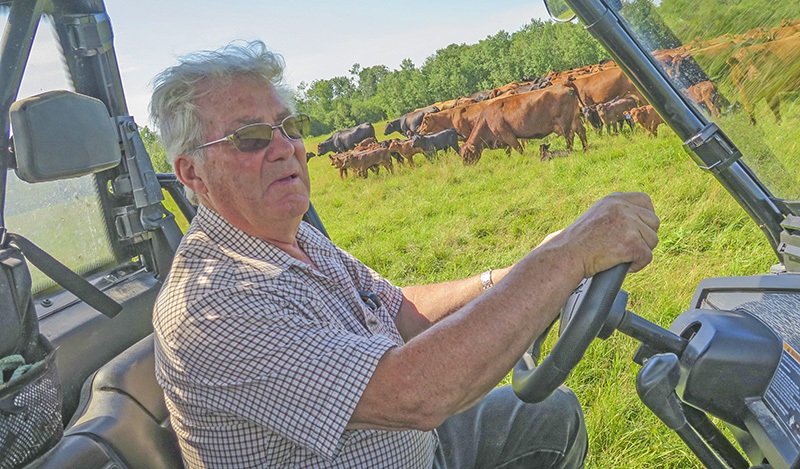
When it comes to snowmobile development, that sense of making tracks is doubled in Roger’s world. He has been there through the Panthers, EXTs and Prowlers, from the El Tigrés to the ZRs, the F chassis Firecats to the Twin Spars and the ProCross platforms, always pushing, always trying to imagine, envision and then produce whatever is next.
“You know why you love it? Because you love change, and you want to find that next game-changer, you’re gunning to find that next game-changer,” Skime said. “But you know what a big part of that is? The people you can surround yourself with, the people you can work with, the people you can enjoy success with. They are sometimes the same people that you have to go through failures with. You know, there are times when you don’t win, and to be able to go through those hard times and not-so-happy times and build yourself back to the time when you can be a winner and can be on top, that’s life. That’s the driver.”
Asked to name the five best engineers or technicians he’s worked with, and later the five best Cat racers of all time, each of Skime’s list quickly grows past 10 names, then 15, then 20. “I’ve always said, you are in life who you surround yourself with, and I’ve been fortunate to work with some really incredible people,” Skime said.
His long career at Arctic Cat and his competitive nature have given him a fascinating view on life.
“You get out of life what you put into it, and when you put something into life, you will do your best at it and that’s all that’s asked. If you’re fully engaged and enjoy what you’re doing and you know that you’re making a difference, that’s life. Never be satisfied with where you are at. If you think you have arrived, somebody else just went by you.”
Quotes From Roger
Our interview with Skime went on for hours and covered a thousand-and-one topics that could fill this magazine and two other issues. Here are some Roger nuggets on various topics:
On the incredible growth of the snowmobile market going into the 1970s…
“I don’t know that I can look back to 1965-66-67 when we were developing and starting to produce the Panther and think that we would ever, ever build the volume of snowmobiles that we eventually produced. I’ve seen our company and the industry that had built very few snowmobiles in the early 1960s and I saw what I call that fad of snowmobiles that flourished in the next 10 years. By 1972, a short period of 10 years, the snowmobile industry retailed 500,000 snowmobile, and Arctic Enterprises manufactured 112,000 of those machines.”
On the biggest challenge of that era…
“We couldn’t find enough two-stroke engines to put in snowmobiles. We bought from Hirth, we bought from JLO, we bought from Sachs, we bought from Robin, we bought from Wankel, we bought Kohlers, wherever we could get a motor that would fit into a snowmobile, it was my job to put a motor mount system together” to make it fit.
On the engineer’s mindset…
“I don’t think we’ve developed the perfect snowmobile yet – nobody can develop the perfect snowmobile. So, what’s going to be your favorite snowmobile? Your favorite snowmobile is going to be the one that you haven’t built. The one that you’re going to build, that’s your favorite snowmobile, but then it will be the next one, and the next one.”
On how long he’ll keep working for Arctic Cat…
“As long as they’ll let me work… There will come a day when hanging onto those handlebars will get tougher and tougher. At the moment, I just fully get a rush out of getting on [a snowmobile] and ditch banging and jumping crossings. So how long will I do it? Well, first of all you have to feel like you’re contributing something and you’re making a difference.”
SIDEBAR Quotes about Roger
Among racers, historians, Arctic Cat employees and Arctic Cat competitors, Roger Skime is almost universally admired. Here are some thoughts shared by longtime snowmobile industry insiders:
“Roger epitomizes snowmobile knowledge, hard work, dedication and drive to win. But maybe most important at least to me, he is truly a very, very good person.” — Greg Spaulding, Arctic Cat team leader for two-stroke engine design and development (now retired)
“He had this hands-on attitude that motivated his engineering team to try the impossible. He would work late hours with his guys to complete a project that at times seemed impossible. The impossible just took a little longer.” – Ed Skomoroh, former Polaris and Arctic Cat executive
“I continue to be astounded at his ability to keep looking forward, innovating, testing and improving the machines that we all love so much. He arguably has the same passion for the Arctic Cat brand today as he did in the 1960s.” – Tom Rowland, owner of the Thomas Sno Sports Arctic Cat dealership
“Roger Skime has so much love and passion for other people that it radiates from every cell in his body. All you need to do is look at him or be near him and you will feel how much he cares about you and wants the best for you.” – Wayne Davis, Hall of Fame snowmobile photographer
“Roger was the one person at Arctic that all of us young racers looked up to, he was someone you could go to with a problem and he would figure out a way to fix it in a matter of minutes. With Roger it was ‘Prove it’s better.’ You had to show him. Roger would grab his helmet and ride with you, every bit as fast, also. His passion for the sport is unequalled.” – Brian Nelson, former Hall of Fame racer, dealership owner and now-former owner of the USXC race circuit
Editor’s Note: Every Snow Goer issue includes in-depth sled reports and comparisons, aftermarket gear and accessories reviews, riding destination articles, do-it-yourself repair information, snowmobile technology and more. Subscribe to Snow Goer now to receive print and/or digital issues.

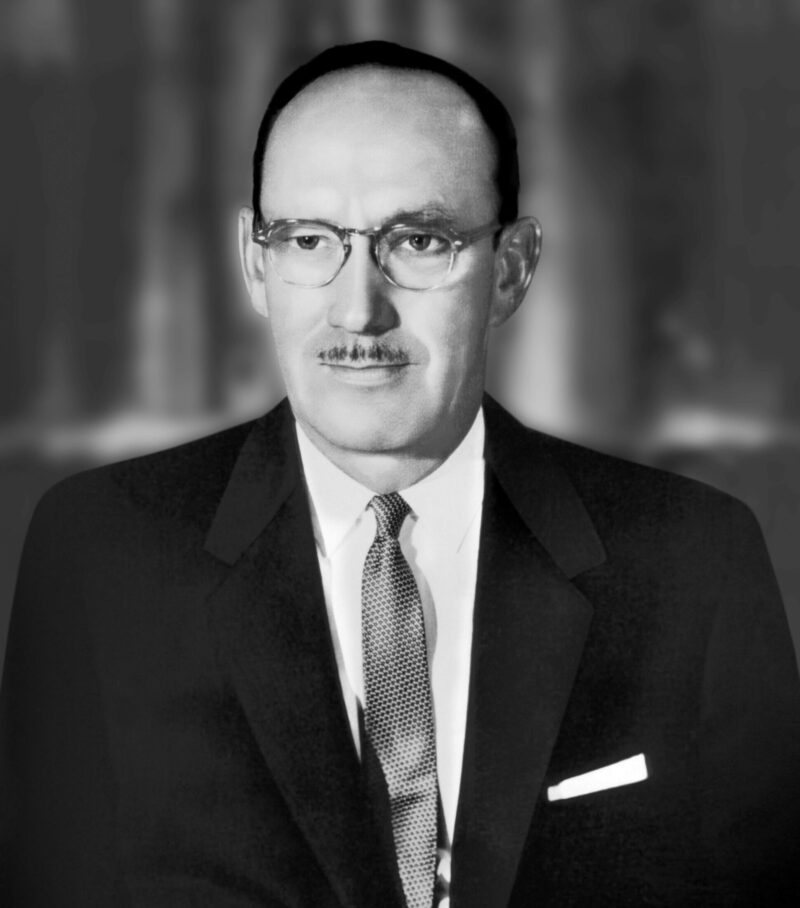
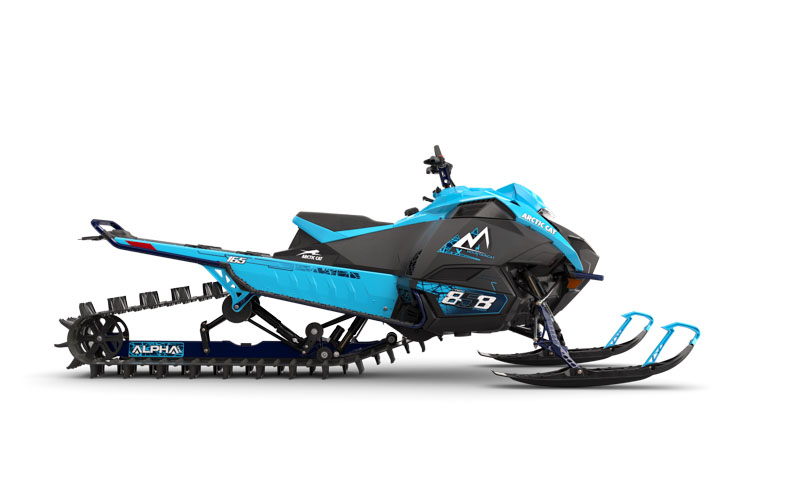
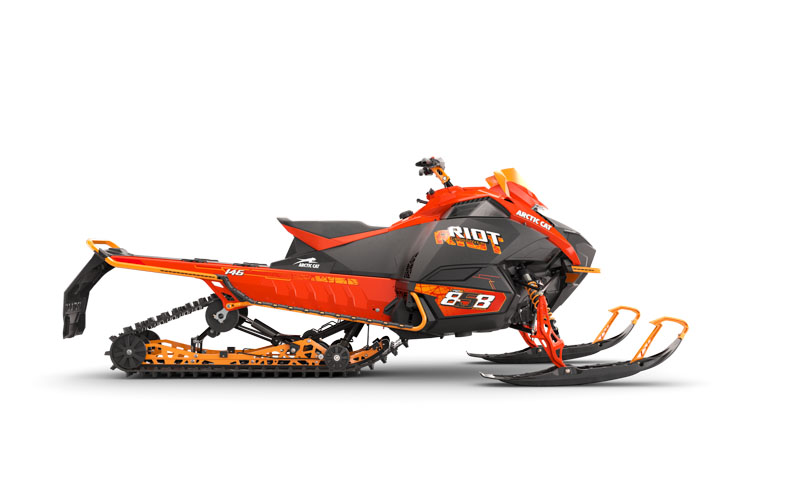
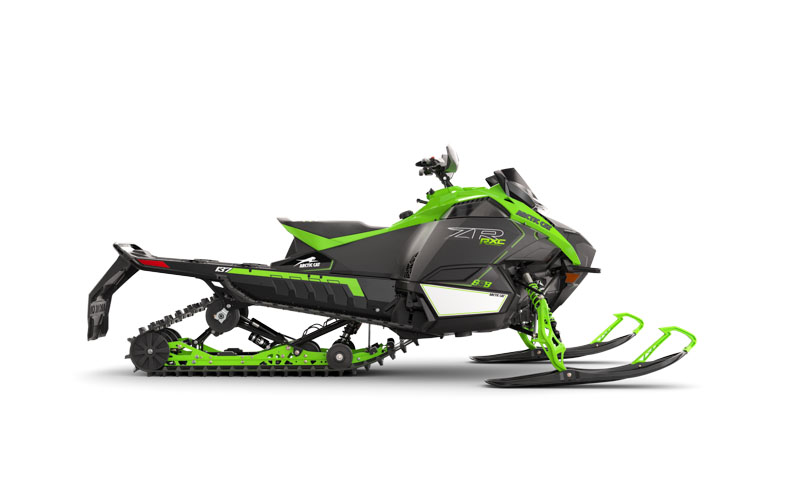
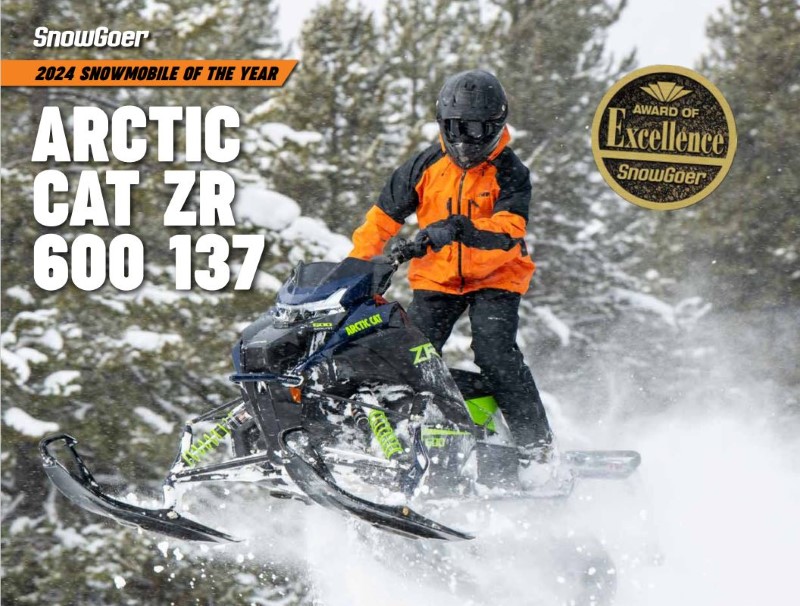
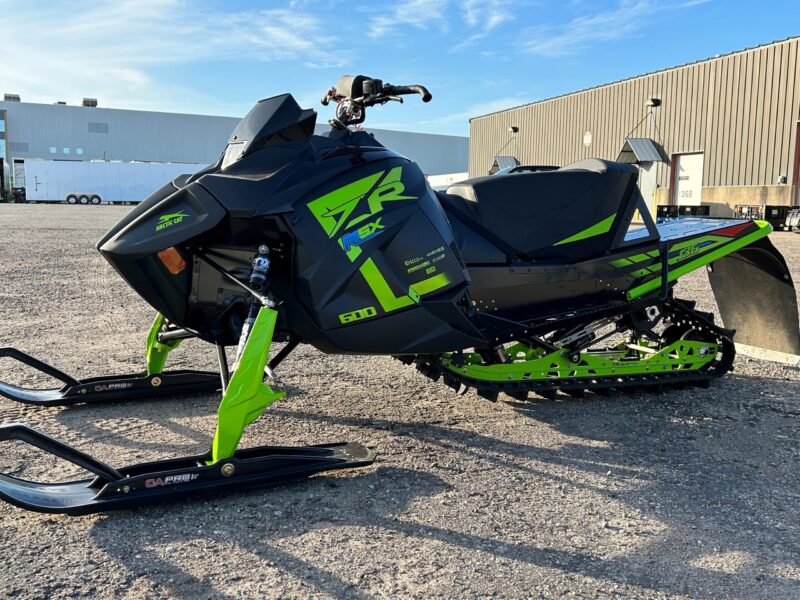
Great article about Roger. Edgar Hetteen told me about the day he hired Roger. Almost word for word the same recollection. Those were the days back in the mid sixties when I worked at Arctic Cat. Bob Johnson , Steve Rugland and Edgar Heteen came down to TRF and started building cats